Dodge Journey: Cooler and lines, oil
Description
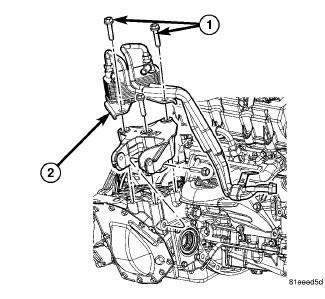
Fig. 250: Oil Cooler Fasteners
Some 2.7L engines may be equipped with an engine oil cooler (2) that is mounted to the rear transmission mount bracket. Oil lines route oil from the engine block to the cooler, which is connected to the engine cooling system.
Removal
WARNING: If the engine is at or near normal operating temperature, the coolant is hot enough to cause severe burns. Always allow the engine to cool down before removing any cooling system hoses.
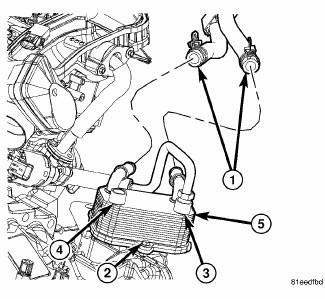
Fig. 251: Heater Hoses From Oil Cooler
1. Disconnect the heater hoses (1) from the oil cooler (5) and clamp them off.
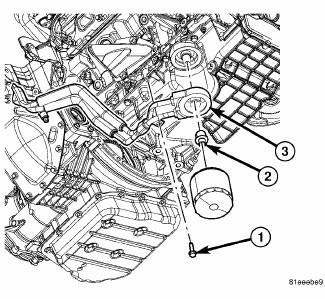
Fig. 252: Cooler Line Retaining Bracket Fastener
2. Remove the oil filter.
3. Remove the oil filter adapter (2).
4. Remove the cooler line retaining bracket fastener (1).
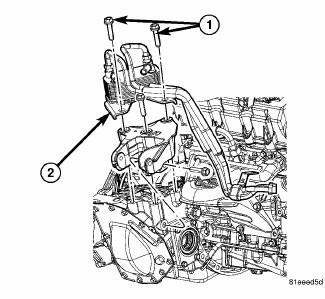
Fig. 253: Oil Cooler Fasteners
5. Remove the oil cooler fasteners (1) and remove the oil cooler assembly (2).
Installation
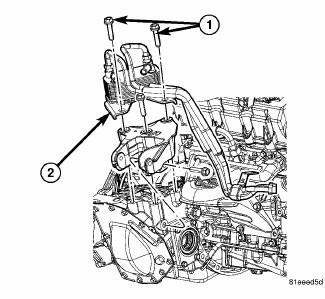
Fig. 254: Oil Cooler Fasteners
1. Install the oil cooler (2) and install the fasteners (1). Tighten to 65 Nm (48 ft. lbs).
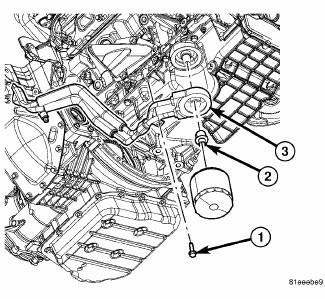
Fig. 255: Cooler Line Retaining Bracket Fastener
2. Install the oil cooler diverter (3) and install the oil filter adapter (2).
3. Reposition the oil line retaining bracket, and install the fastener (1). Tighten to 23 Nm (17 ft. lbs.).
4. Install the oil filter.
5. Top off the cooling system as necessary.
 Description, Operation, Diagnosis and Testing
Description, Operation, Diagnosis and Testing
DESCRIPTION
The lubrication system is a full-flow filtration, pressure feed type. The oil
pump body is mounted to the engine
block. The pump inner rotor is driven by the crankshaft. A structural w ...
 Filter, engine oil
Filter, engine oil
Removal
Fig. 256: Oil Filter & Drain Plug
1. Raise vehicle on hoist.
2. Position a suitable collecting container under oil filter location.
3. Remove oil filter (2) using a suitable oil ...
See also:
Description, Operation, Specifications
DESCRIPTION
NOTE: All engines use a fixed ignition timing system. Basic ignition
timing is not
adjustable. All spark advance is determined by the Powertrain Control Module
(PCM).
The ign ...
FREEING A STUCK VEHICLE
If your vehicle becomes stuck in mud, sand, or snow, it
can often be moved by a rocking motion. Turn your
steering wheel right and left to clear the area around the
front wheels. Then shift back an ...
Sensor, exhaust temperature
REMOVAL
EXHAUST TEMPERATURE SENSOR
Fig. 44: Exhaust Temperature Sensor
- DPF TEMPERATURE SENSOR ELECTRICAL CONNECTOR
- DPF TEMPERATURE SENSOR
1. Remove engine cover.
2. Disconnect and ...
